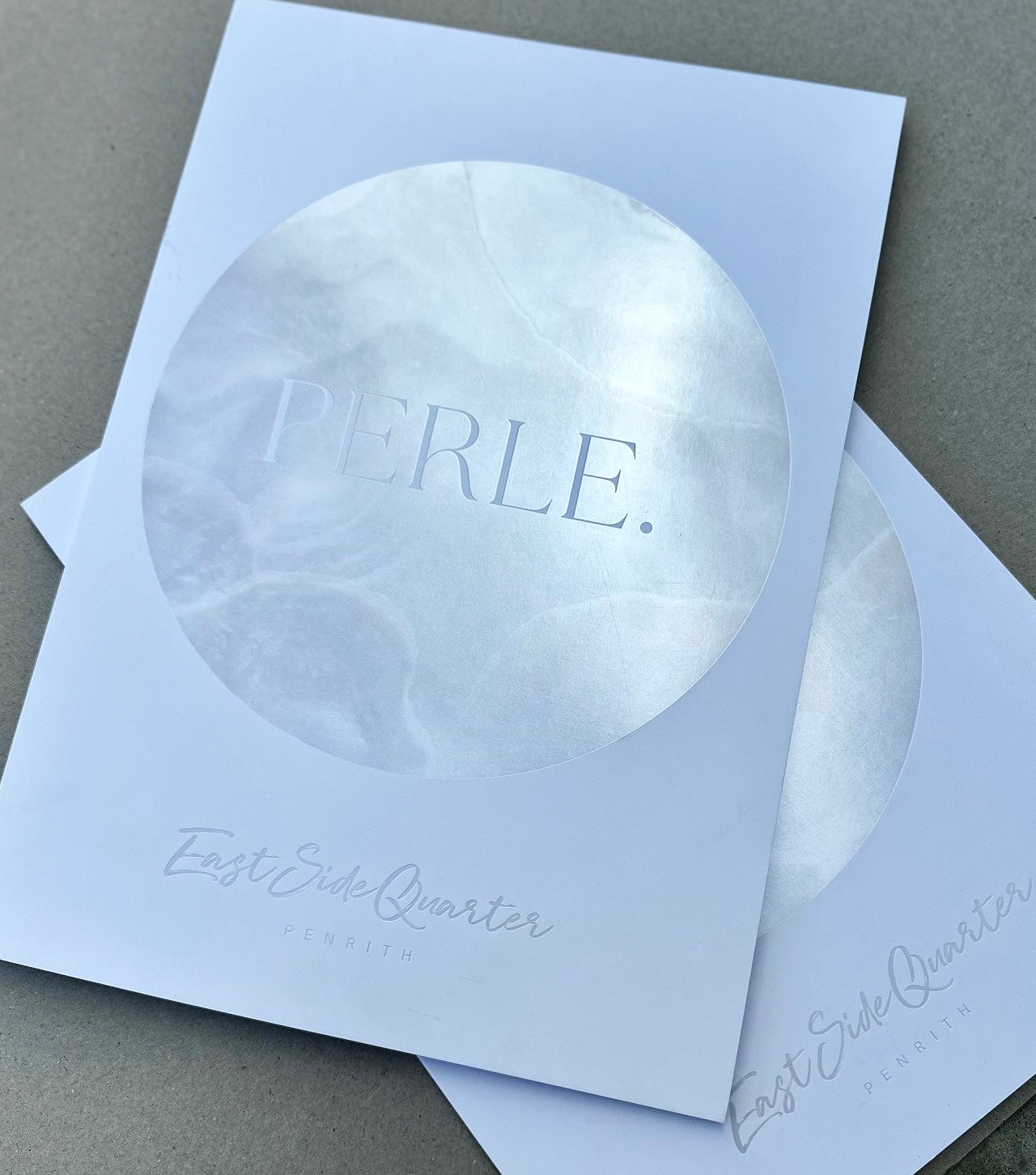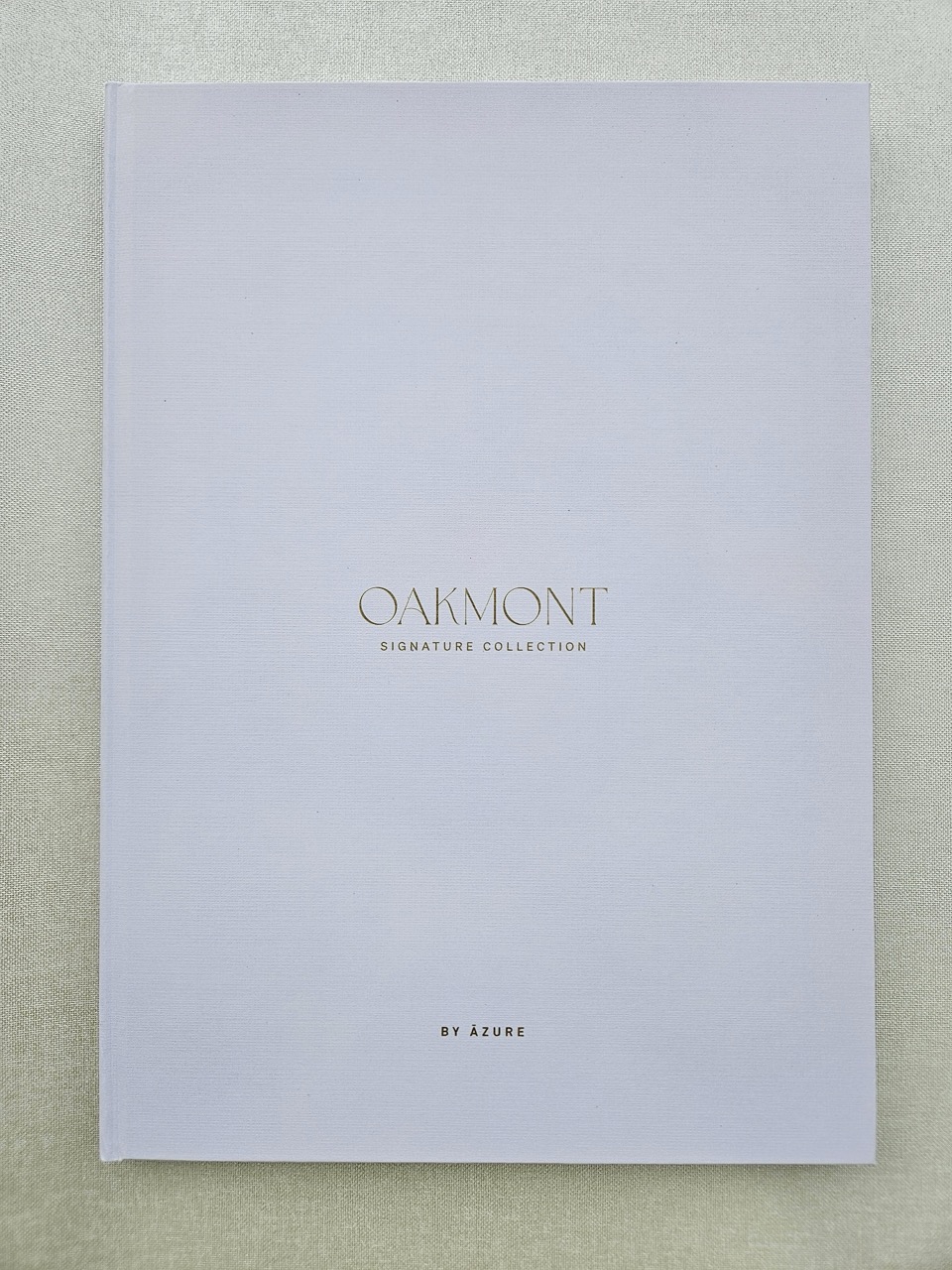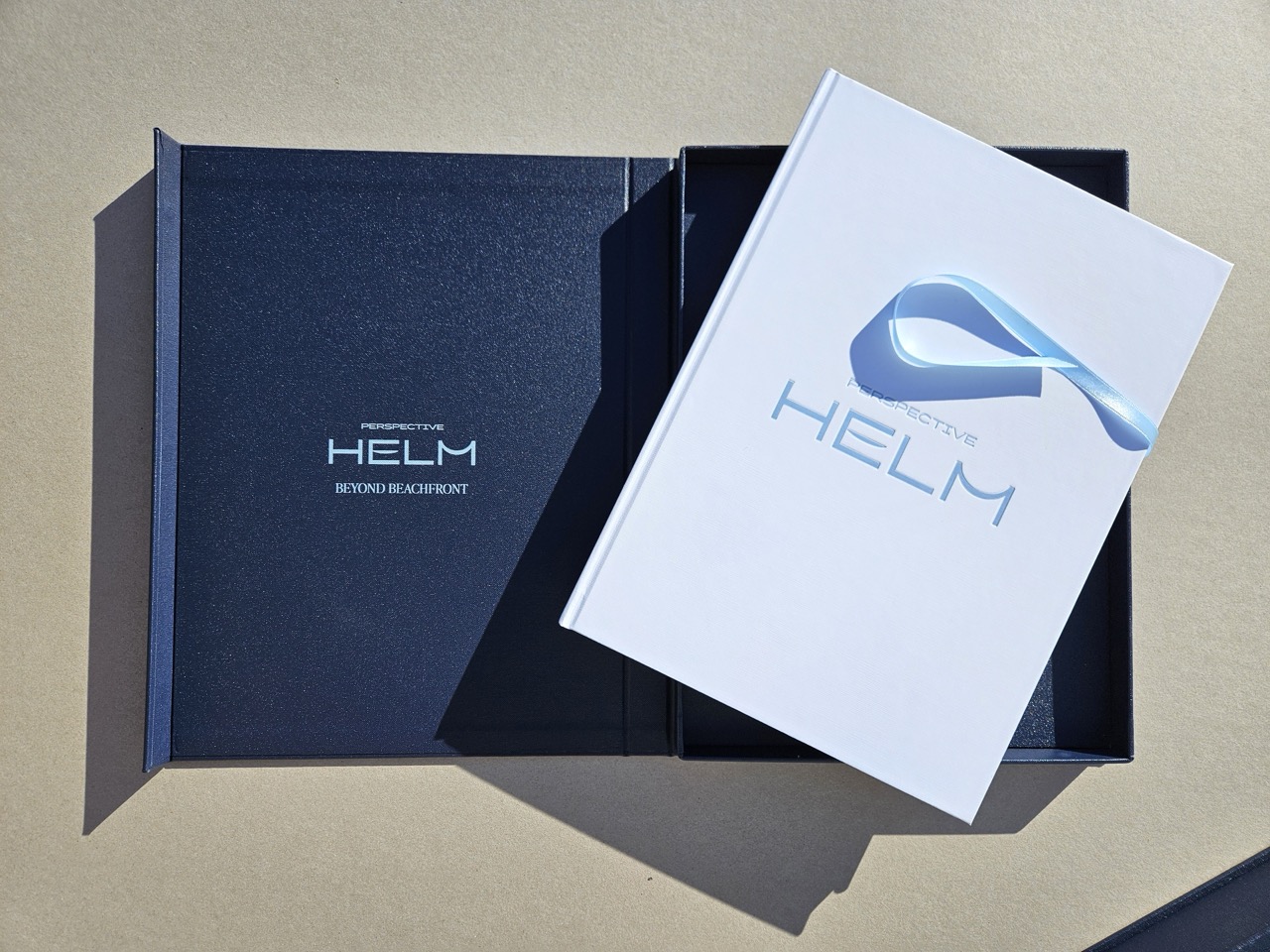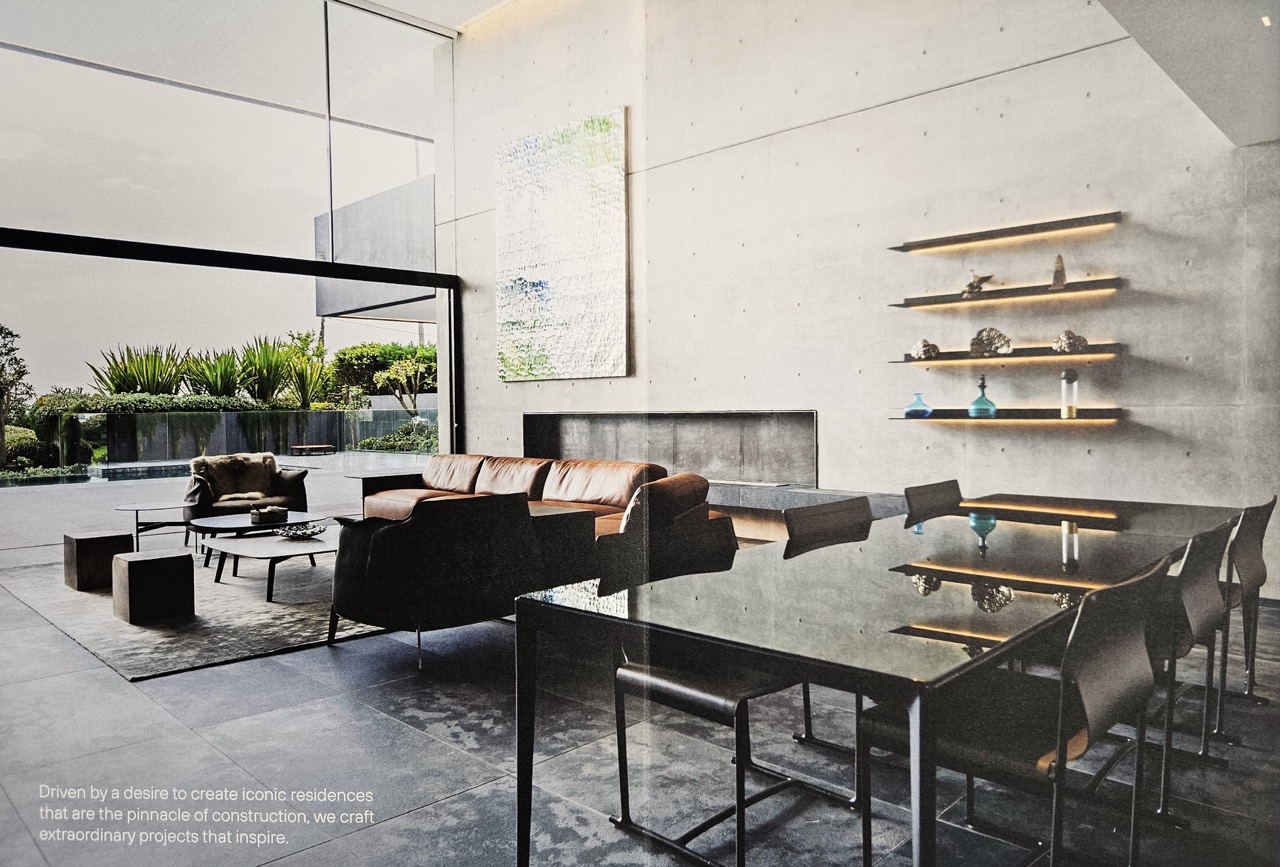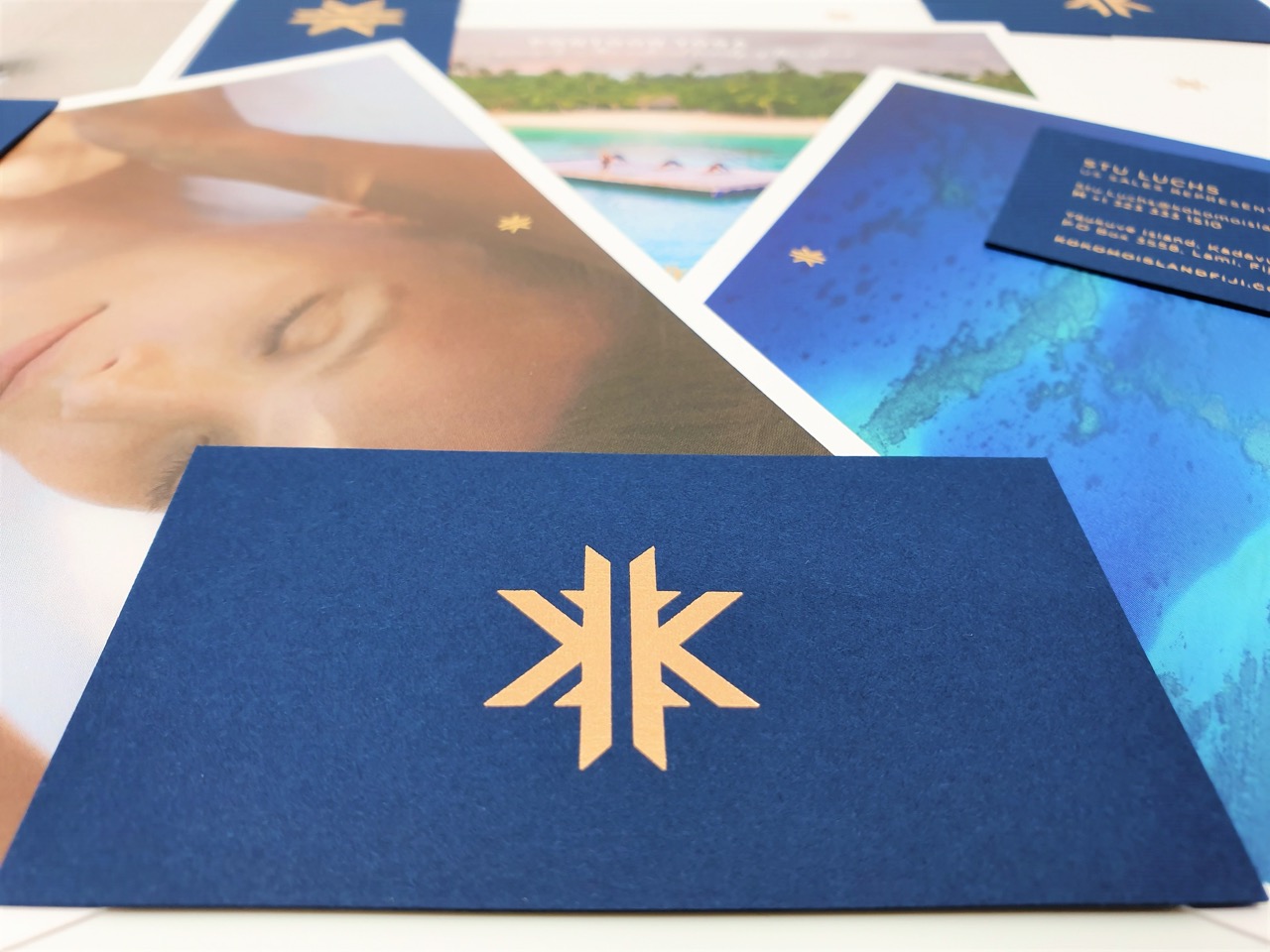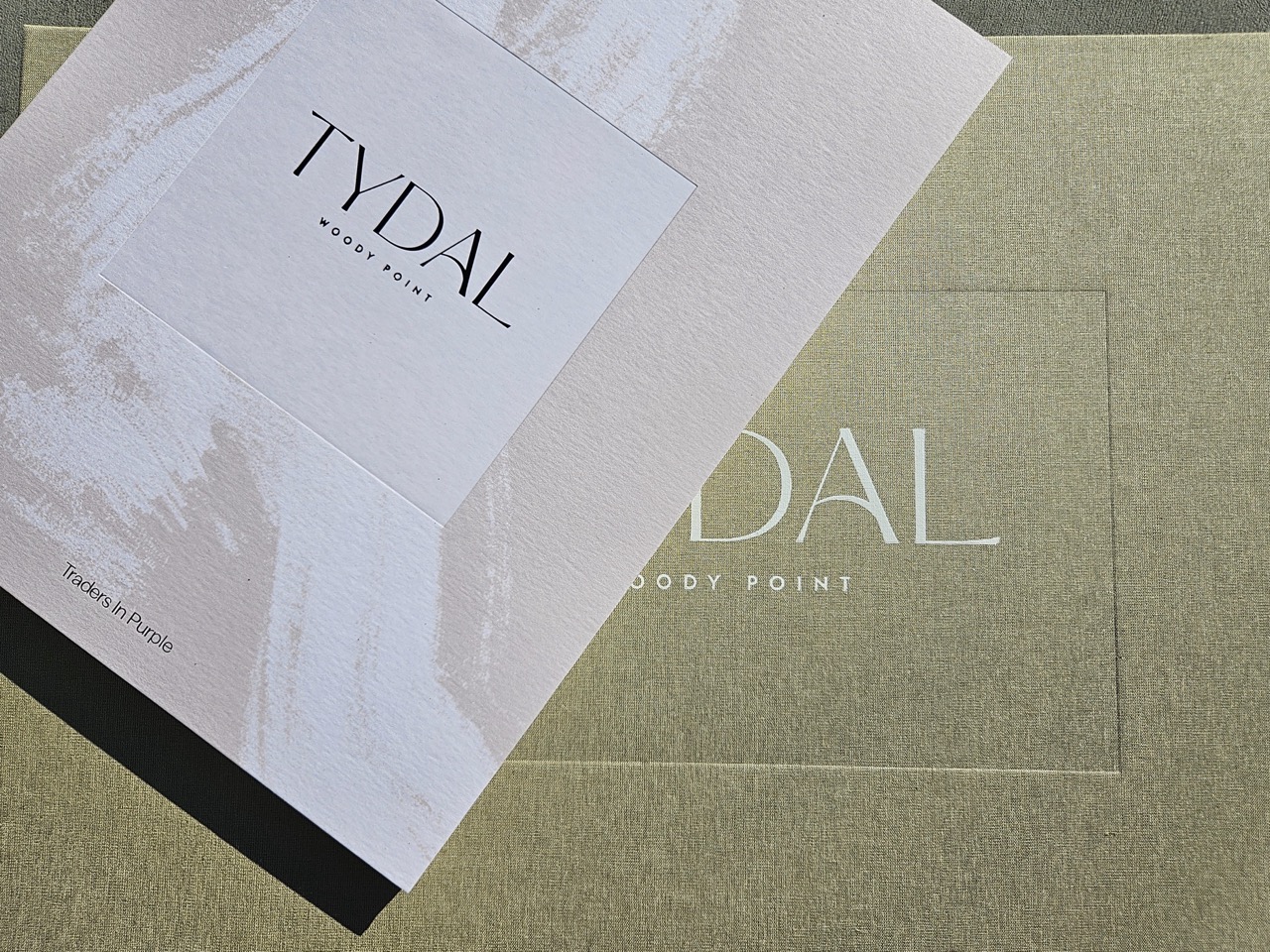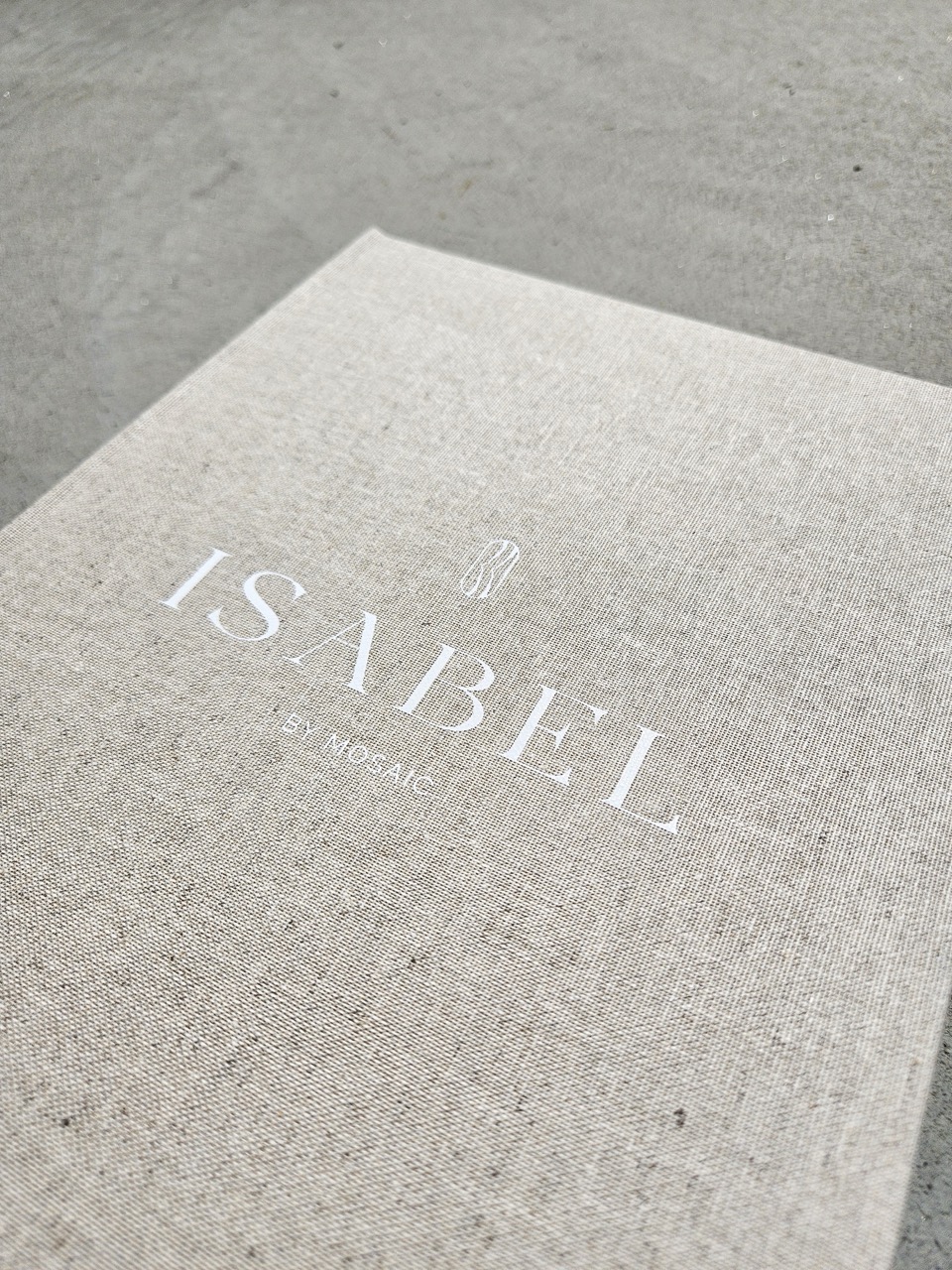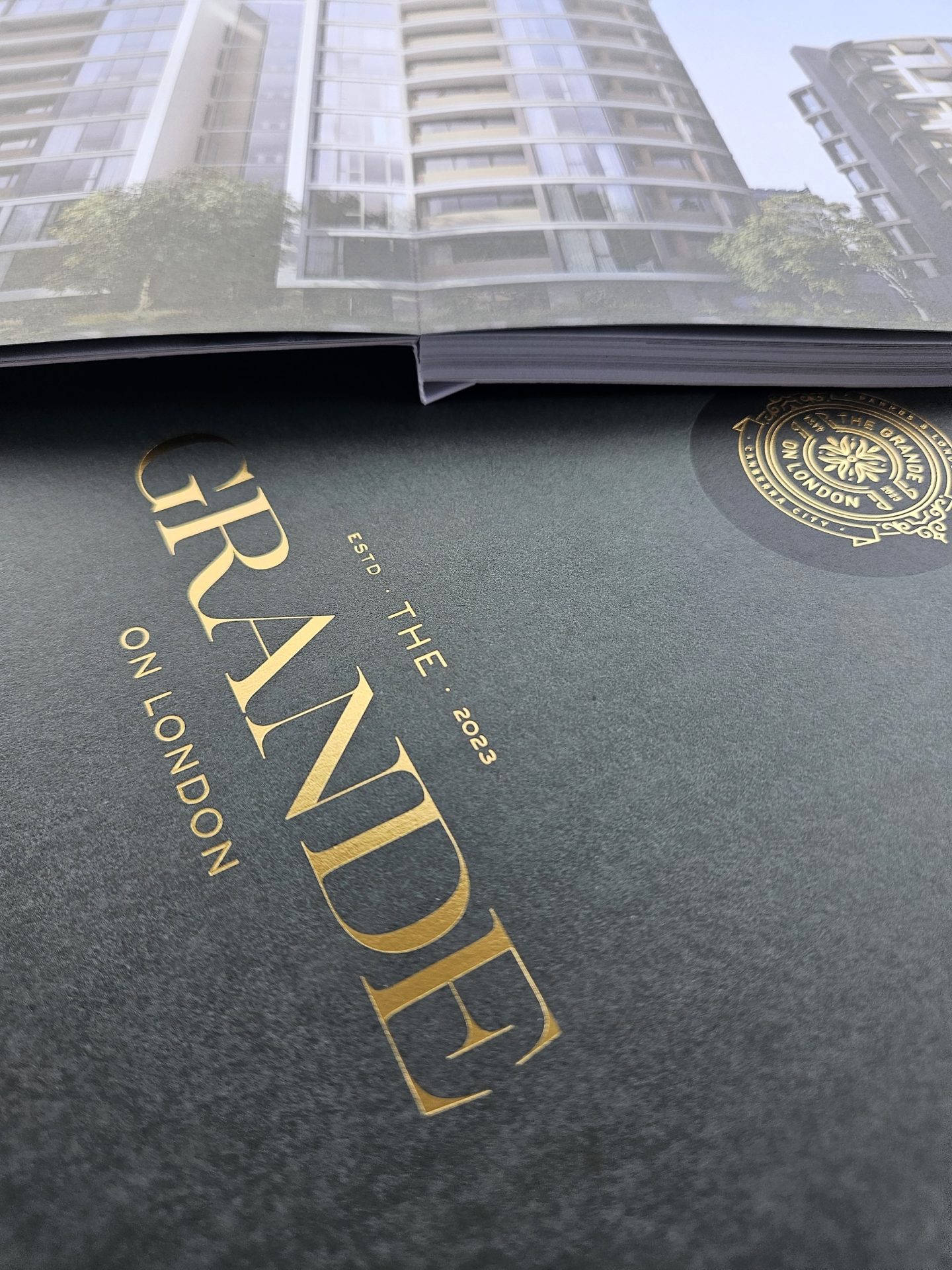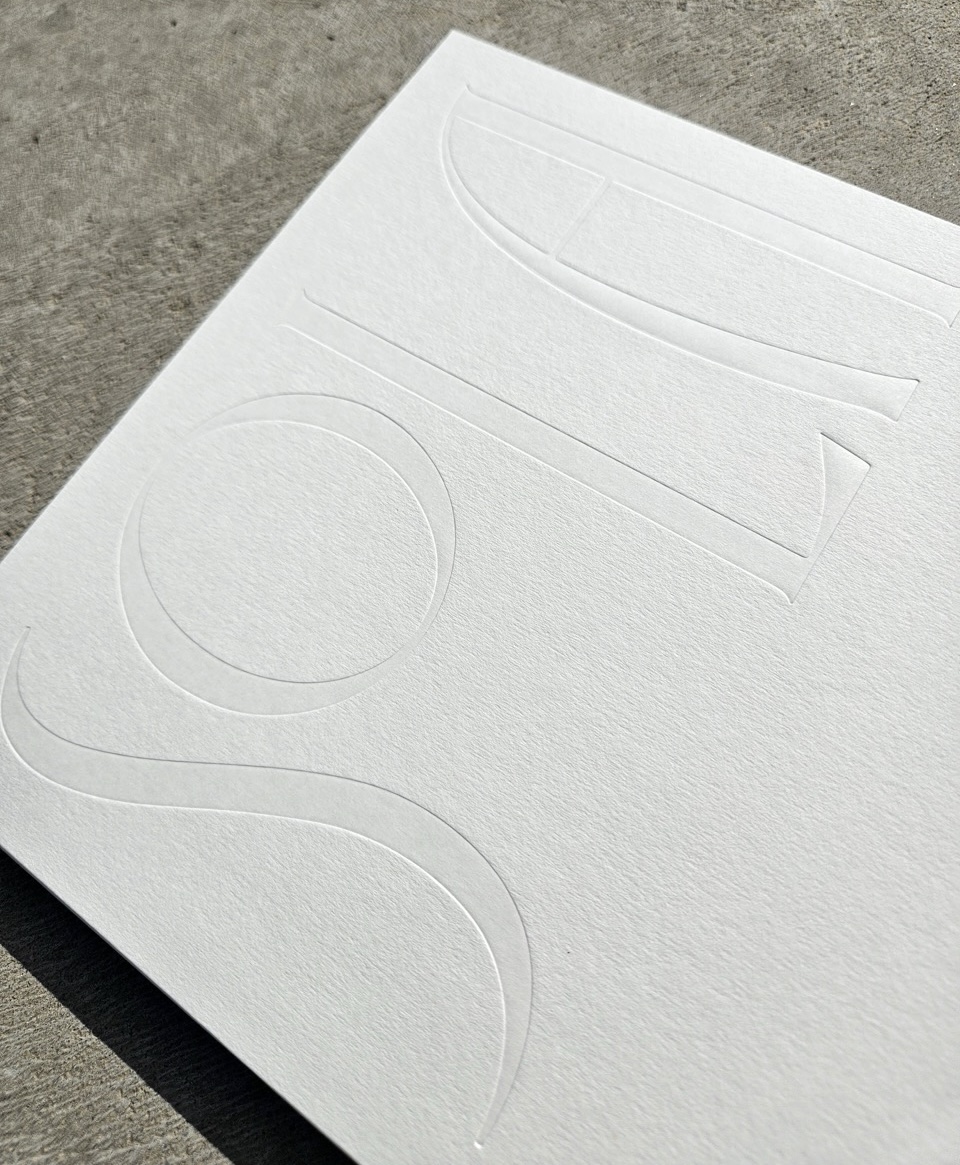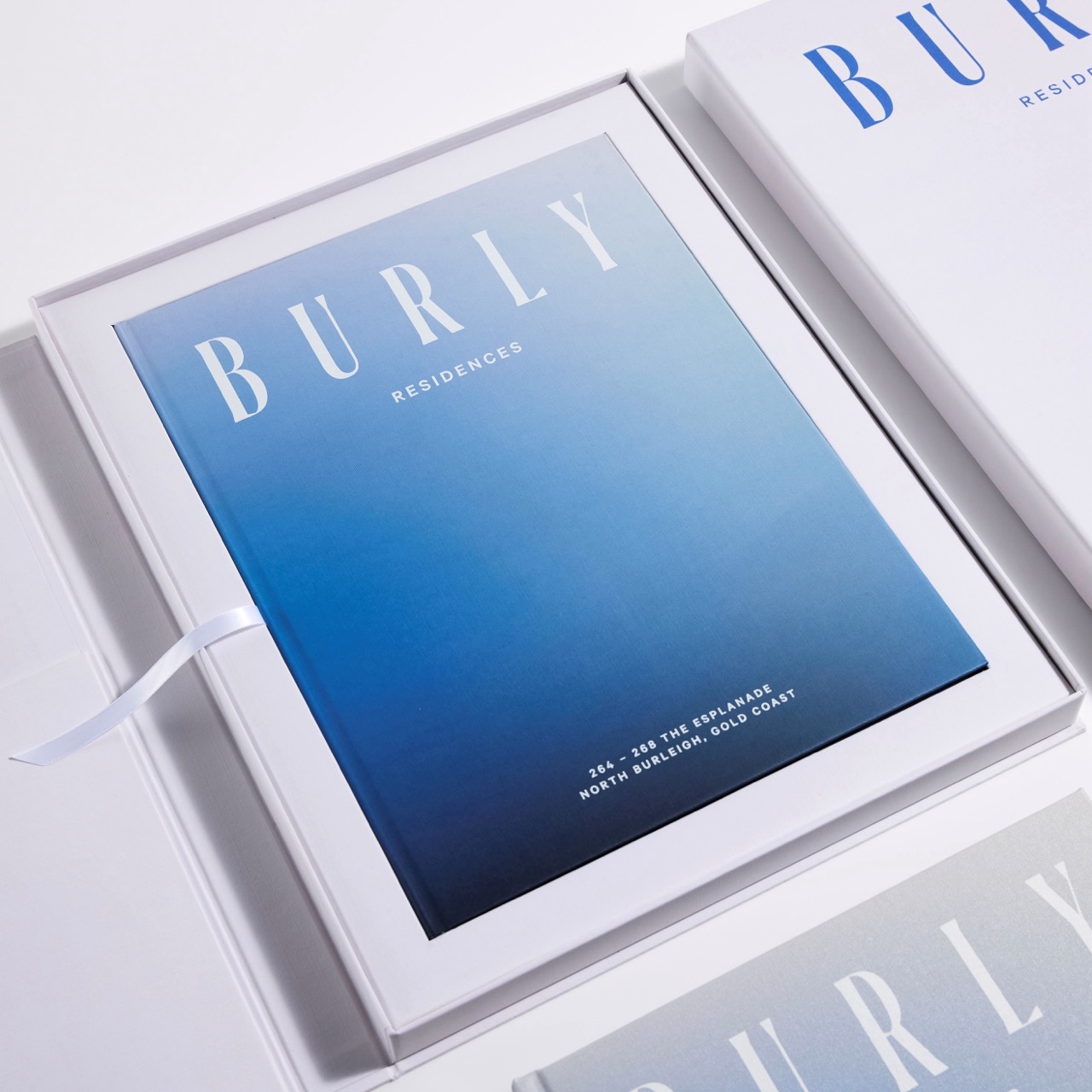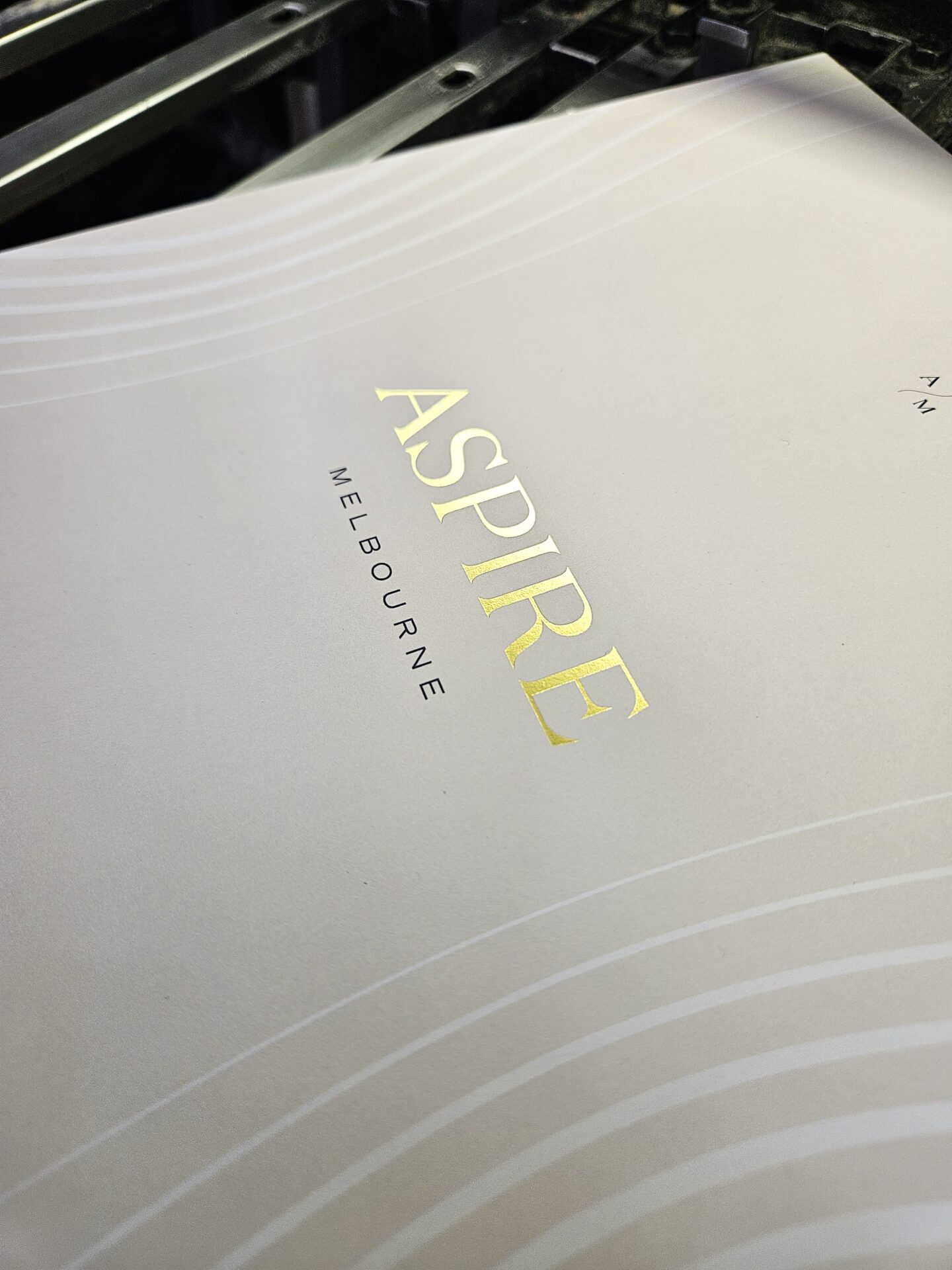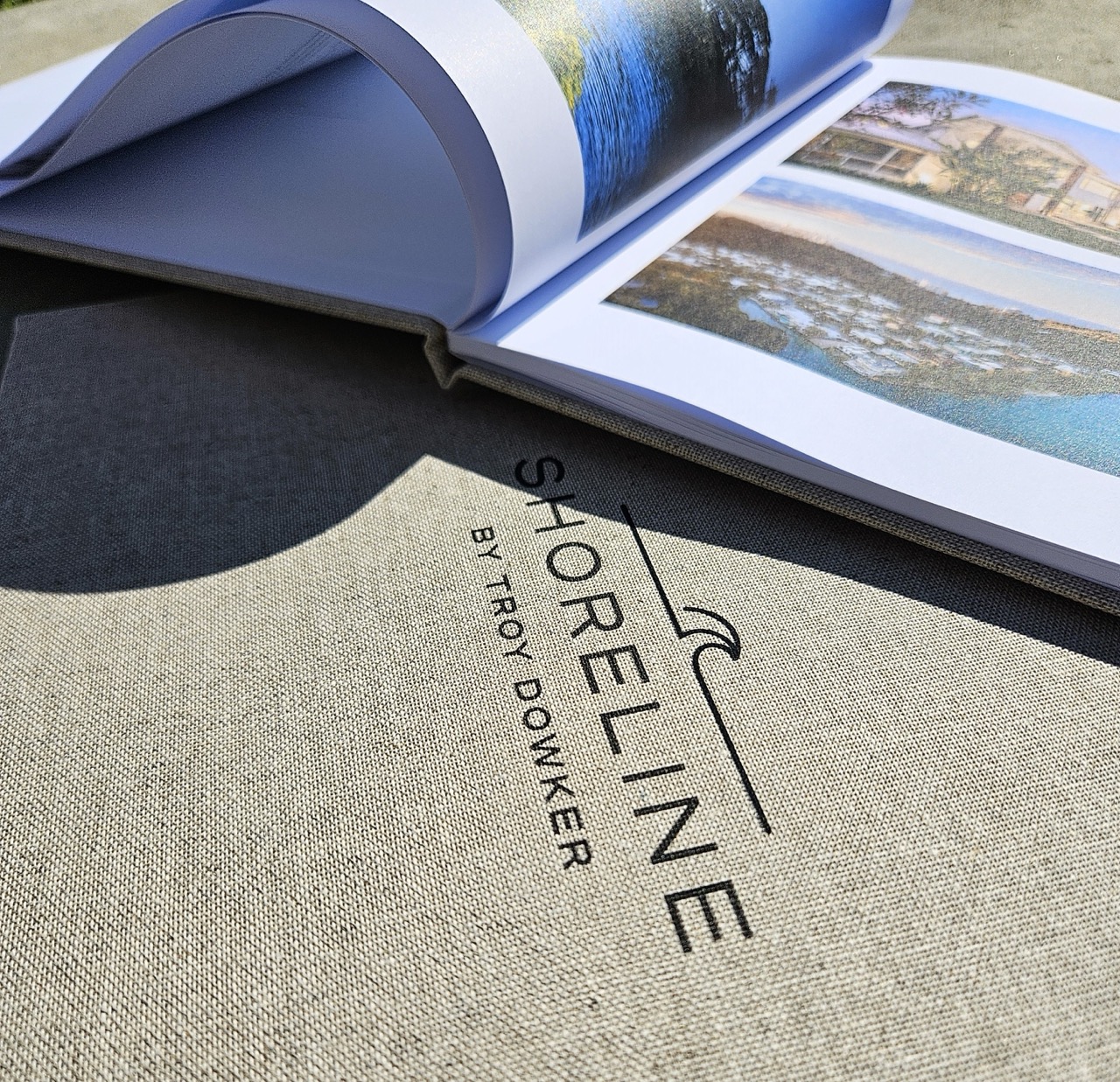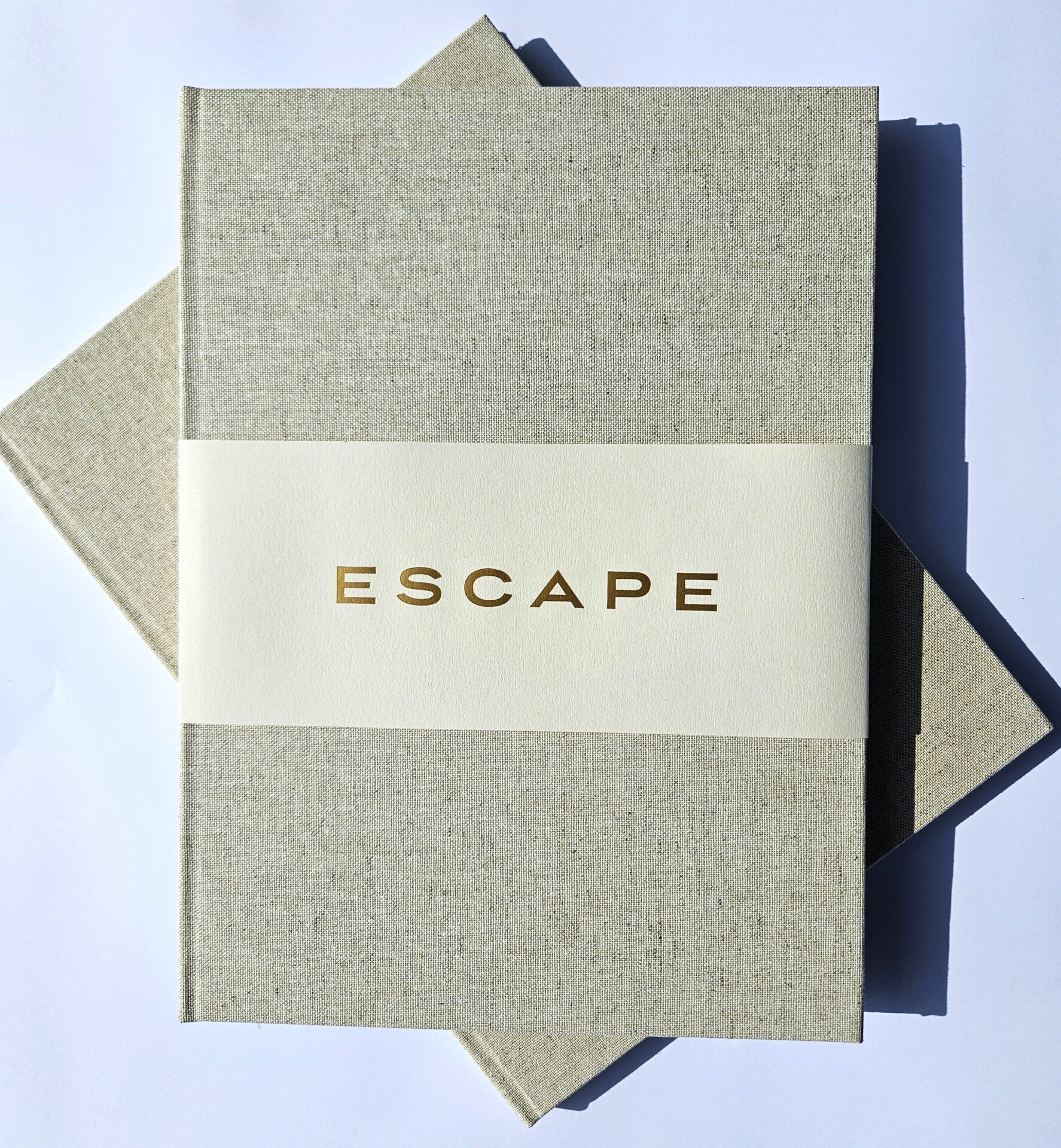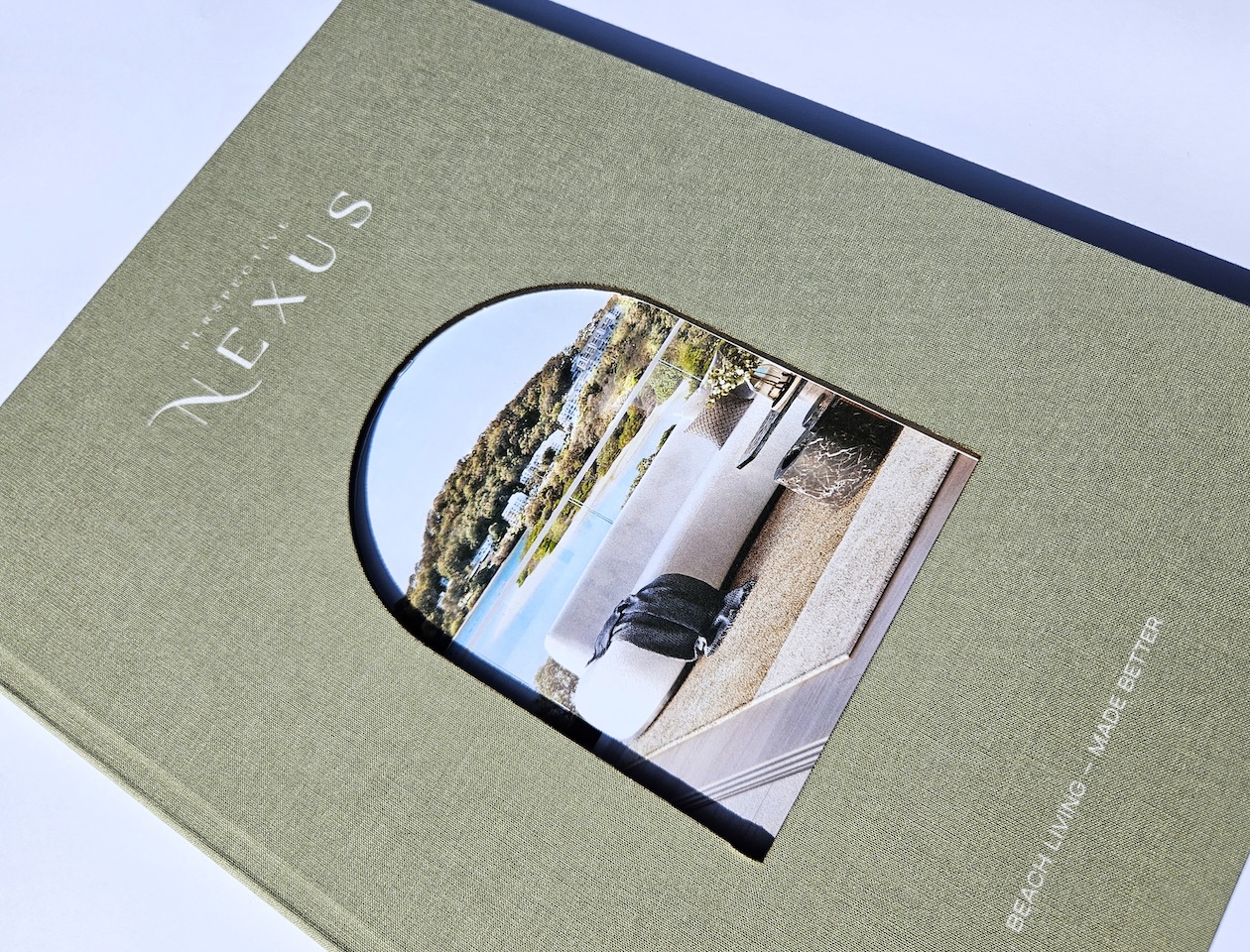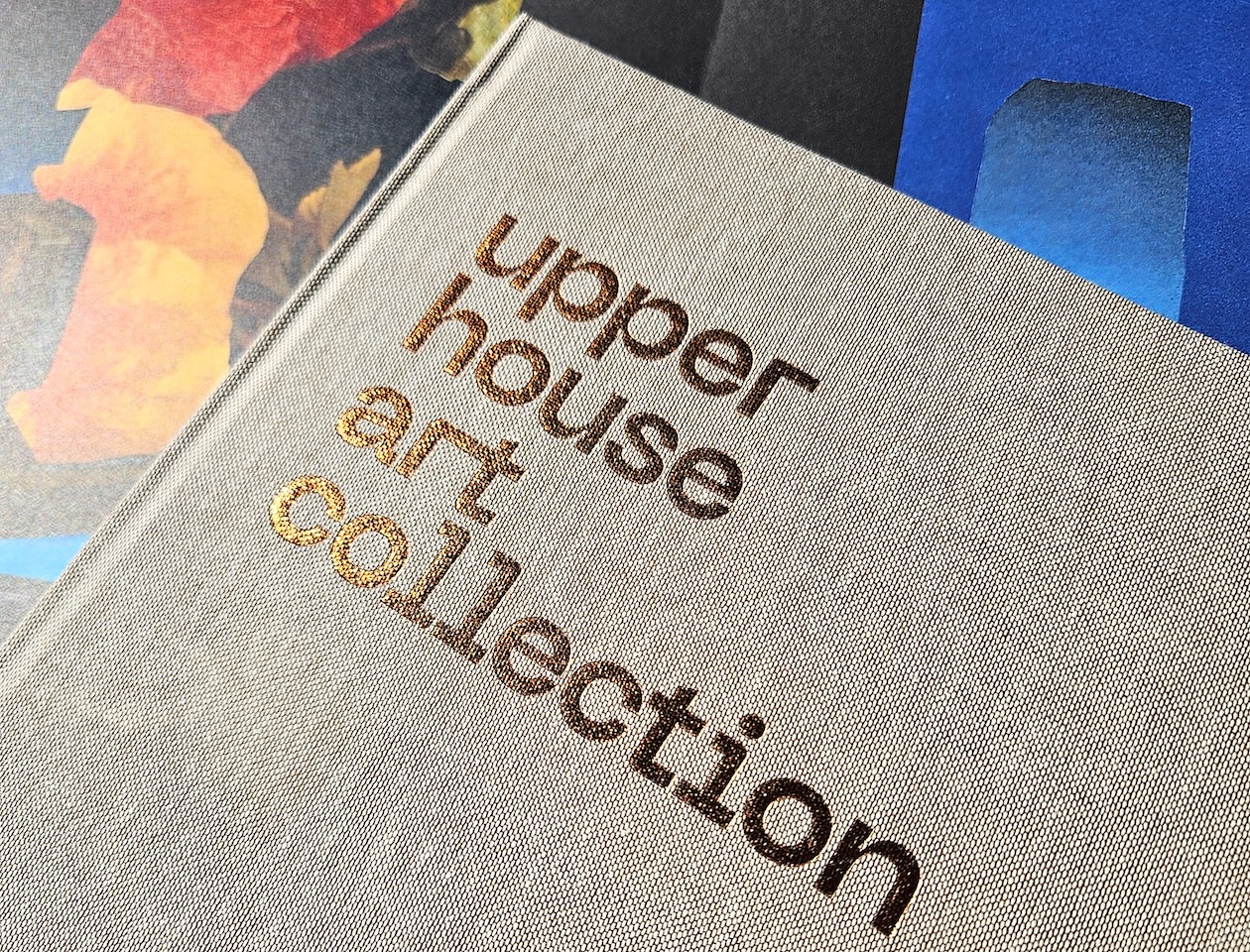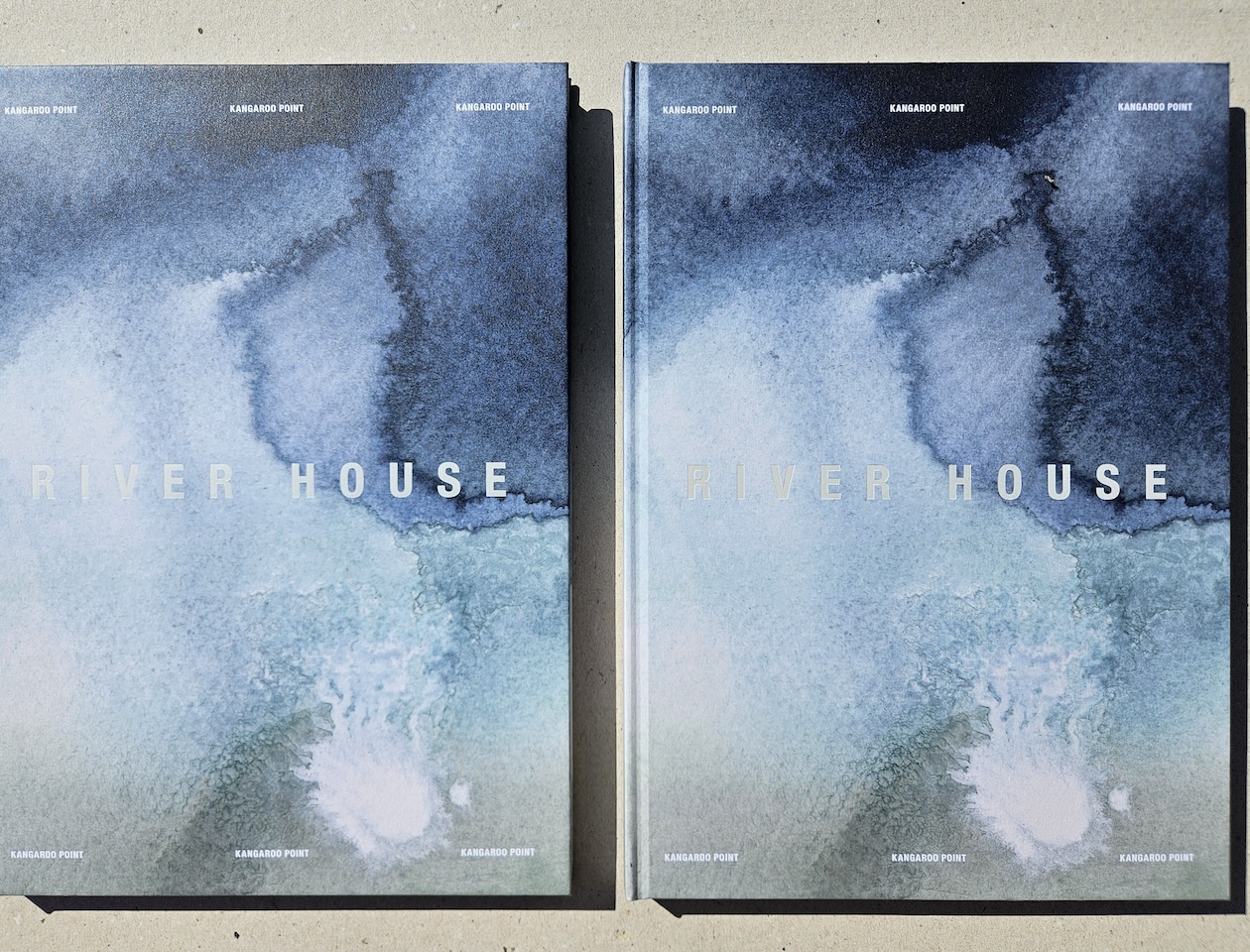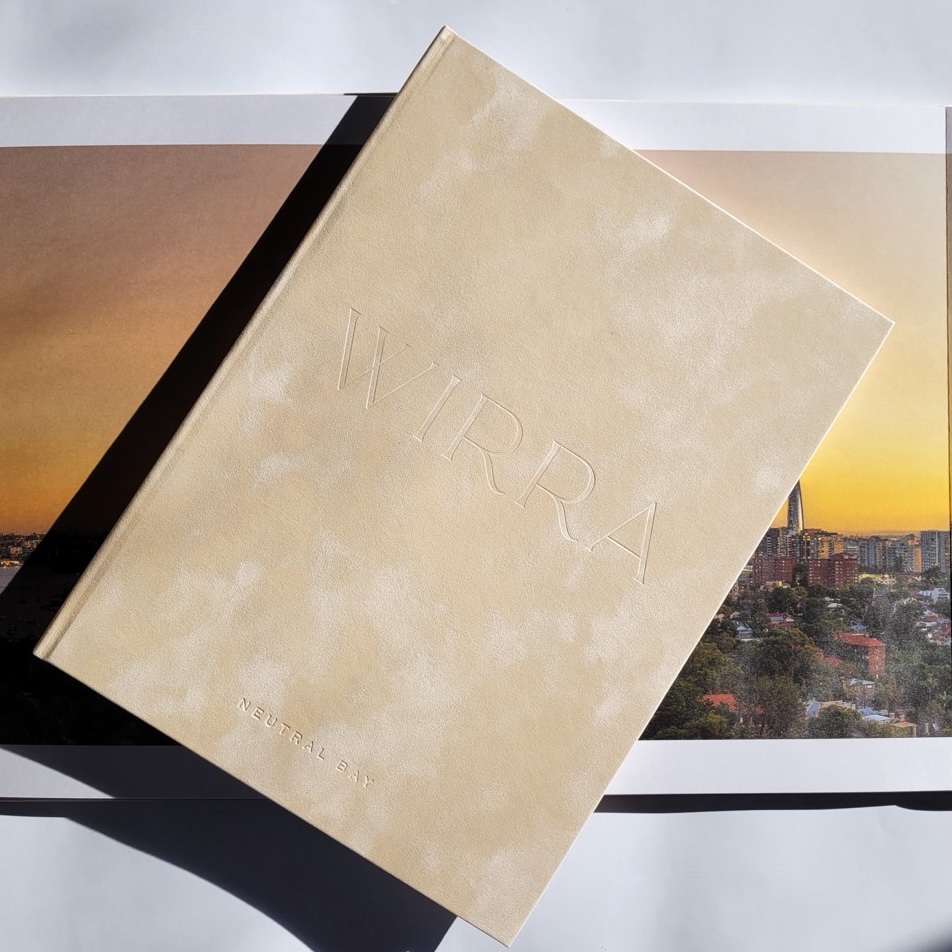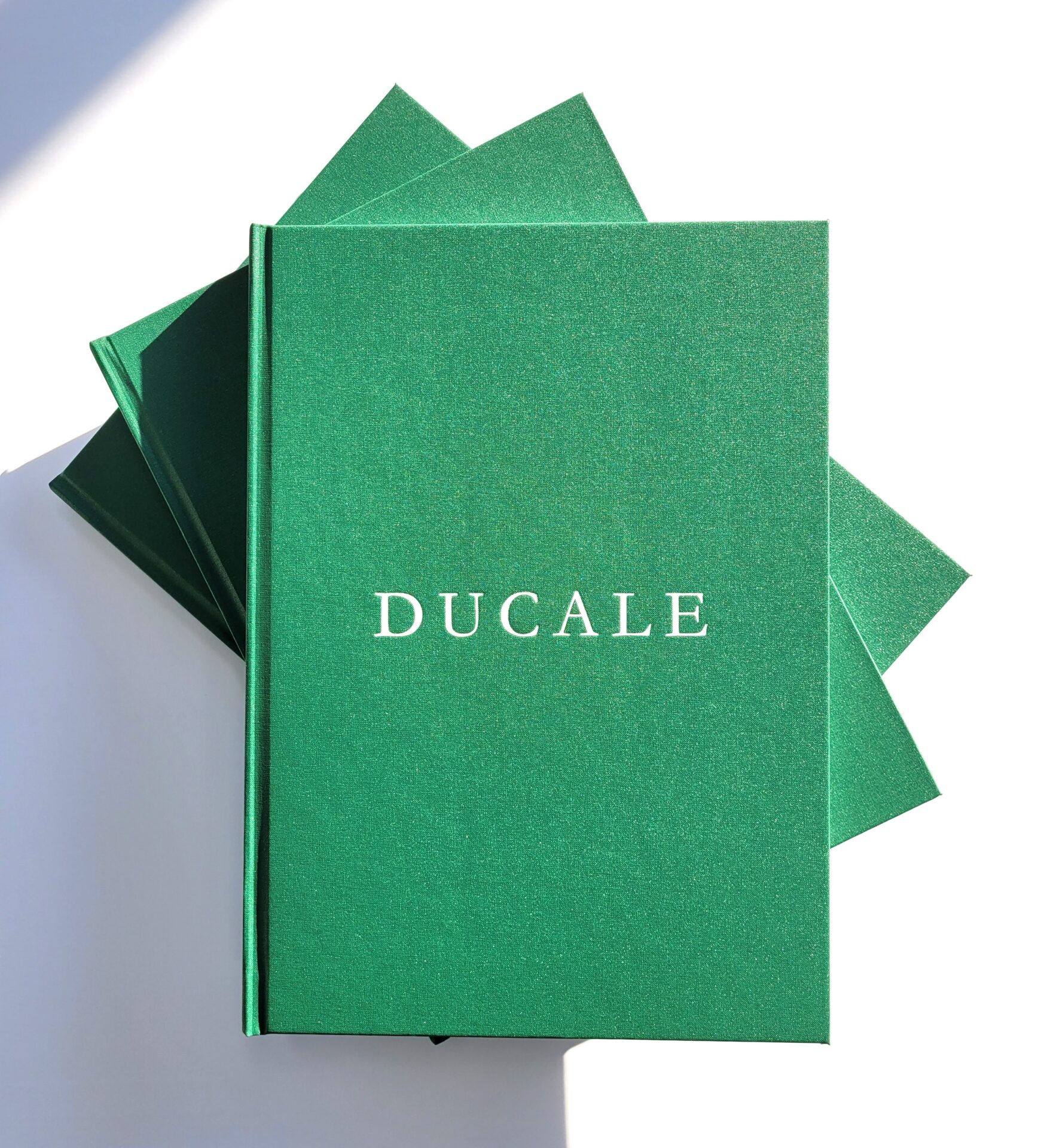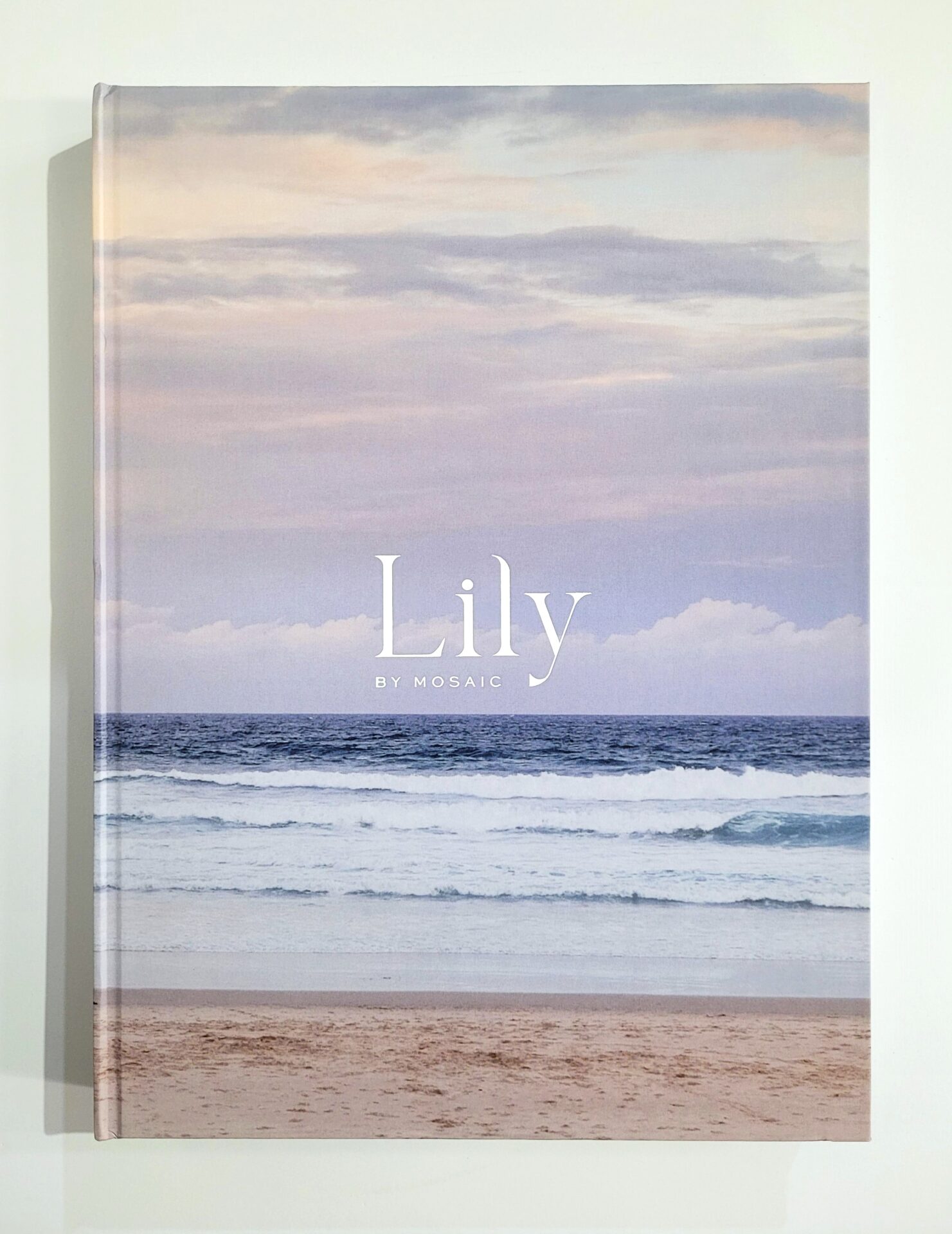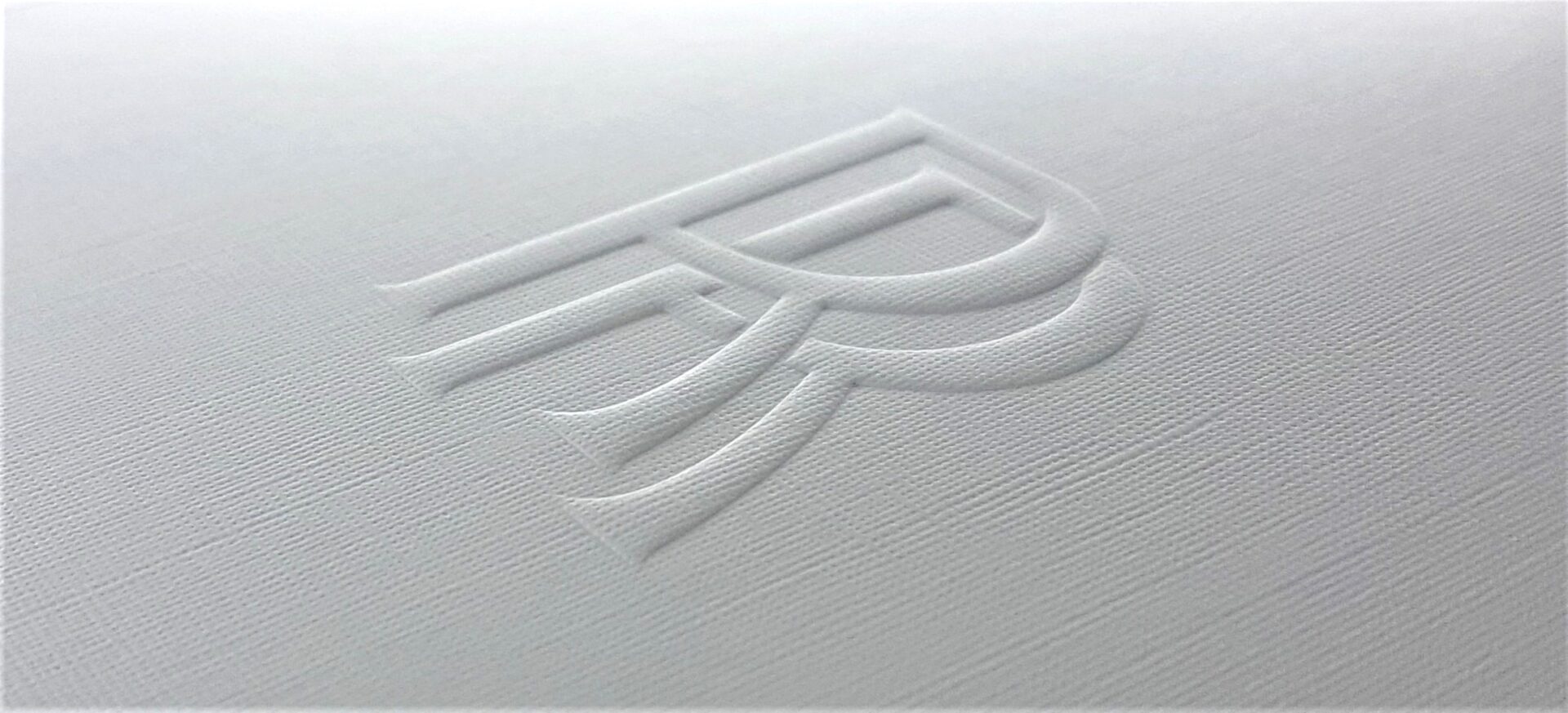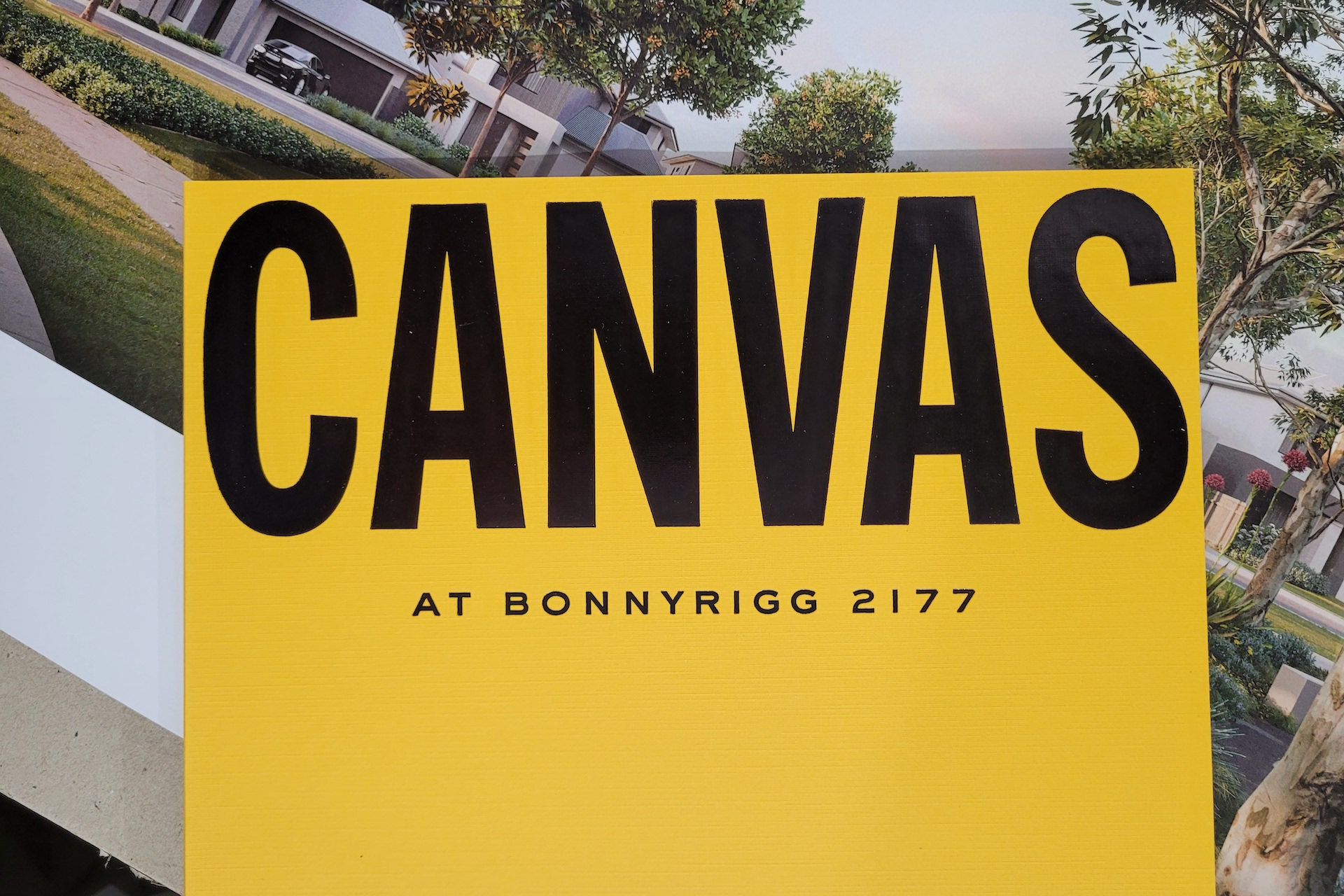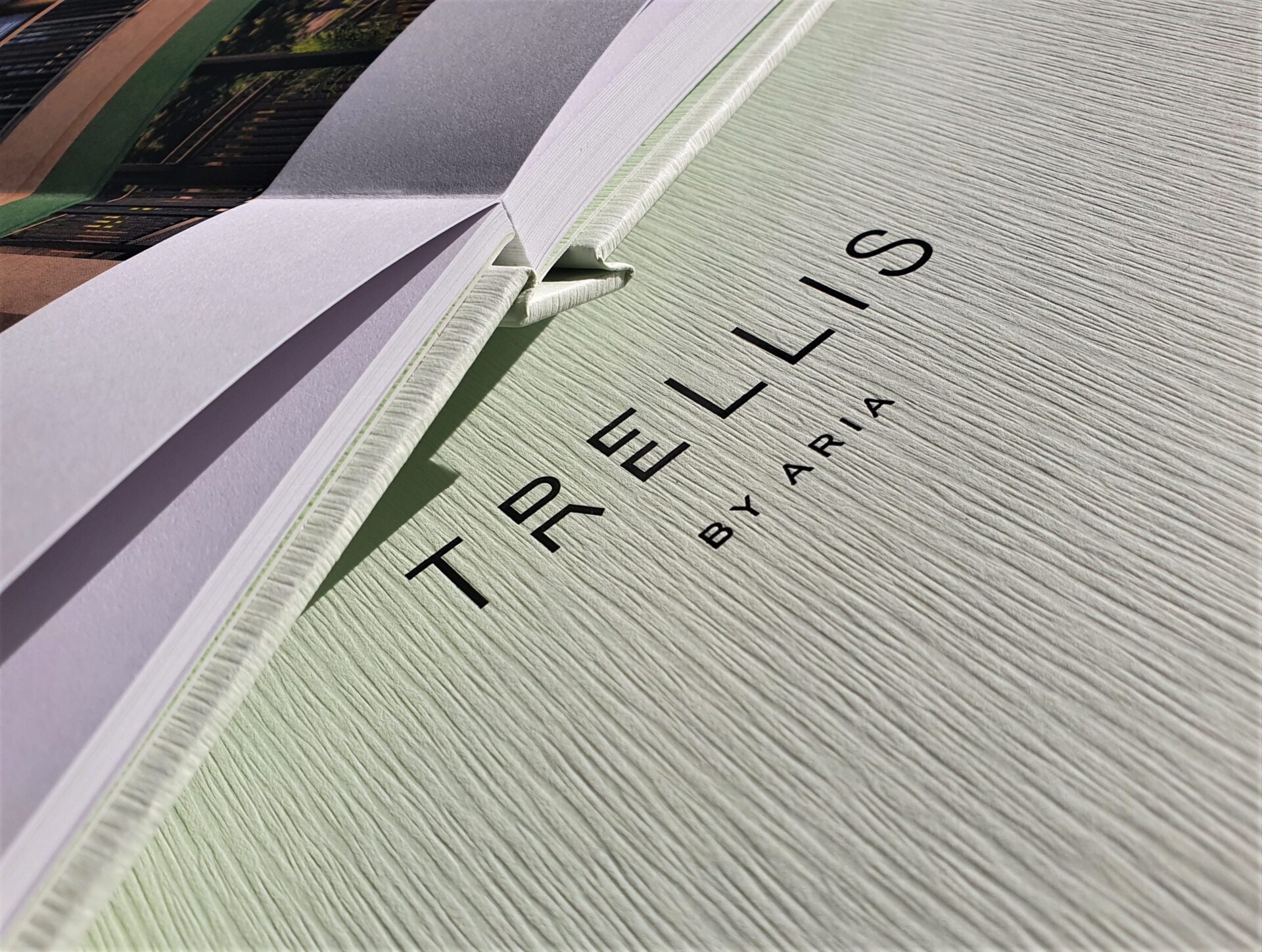Traditional Binding
With various new technologies and innovative ways to achieve beautiful print products, it is important to remember that traditional binding can create stunning results. We are true believers in crafting memorable brand impressions.
Despite contrary beliefs, a book is judged by its cover. And that is why a beautifully created product is essential when presenting printed material to a client.
Our traditional binding techniques are completed with meticulous attention to detail. Here are the four most common methods.
PUR binding
PUR binding involves a type of adhesive binding that glues pages together. During this binding process, a thin layer of adhesive is spread across the spine. A paper cover is then folded over the top to create a finished product.
This type of traditional printing is commonly used for binding books, magazines and brochures and ensures a strong and durable finish.
Saddle stitch binding
Saddle stitching involves folded sheets that are gathered, one inside the other, and then stapled through the fold like using wire staples.
The staples pass through the folded creased from the outside, clinched between the centre pages. Usually, two staples are used, but larger printing may require more staples along the spine. The staples used come in a range of colours.
Case binding
Case binding uses varying thicknesses of board. This is usually covered in a variety of specialist materials or paper to create a hardcover or brochure.
Board weights for case binding normally range from 1500mic to 3000mic.
Centre or side sewing
This method of machine sewing involves sewing through the fold of a single section brochure. This is achieved by using an industrial sewing machine. Its thread is available in a range of colours.
Our blog, Traditional Book Binding Techniques, looks at each of these traditional binding methods in more detail.
Recent projects
Enclave by Graya
The Honours
SOL by Walker
51st Avenue
Chatswood, Grand Residences
Maison, Broadbeach
La Belle Penthouse
New Central Boxes
Regency House
Fernhurst
Oakmont Signature Collection
Rivière by Castle Group
Perspective Helm …..
Lexpol Group
Kokomo Private Island Fiji
Secret Garden Books
Harbour Shore Layflat Brochure
Tydal, Woody Point
Quartet Project Books
The Newland Project Collateral
Isabel Hardcover Books
The Grande
Bronte Collection
SOLA Softcover Book
Burly Residences
Aspire Melbourne
Trellis Art Books
Shoreline Hardcover Brochures Project
Escape Project
Perspective Nexus
Upper House Art Book
River House
Marin, Scarborough
Ruby Ruby Launch Brochures
Nangara Hardcover Books
Presenting Sorano House: A Masterpiece of Unparalleled Luxury
Wirra, Neutral Bay
Ducale Project
Lily – by Mosaic
Elevating Luxury: Introducing our Bentley and Rolls Royce Invites
Canvas at Bonnyrigg
Sapphire by the Gardens
Meriton – The Triguboff Legacy
Atelier – West End
Diavik Midnight Sun, Musson
MONA, Rose Bay
Union Taringa
Fitzroy Fitzroy
The Mowbray
Paspaley Pearls
The Penthouse
ATLAS By Fortis
111 Castlereagh Street
Campbell’s Stores
488 Perspective
Rosebery Engine Yards, There Agency
The Patterson
Long Pocket
Argyle, New Farm
Are you looking for beautiful traditional binding?
We can help you find the right solution for your project! Contact us today to learn more.













